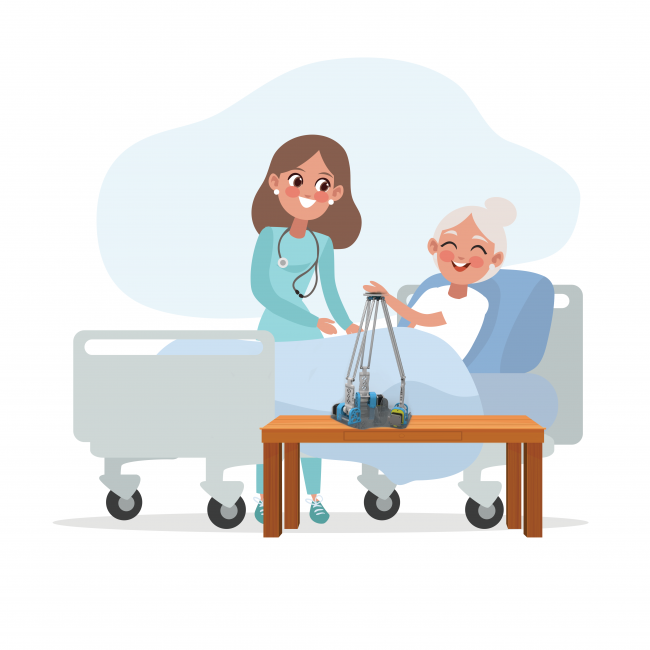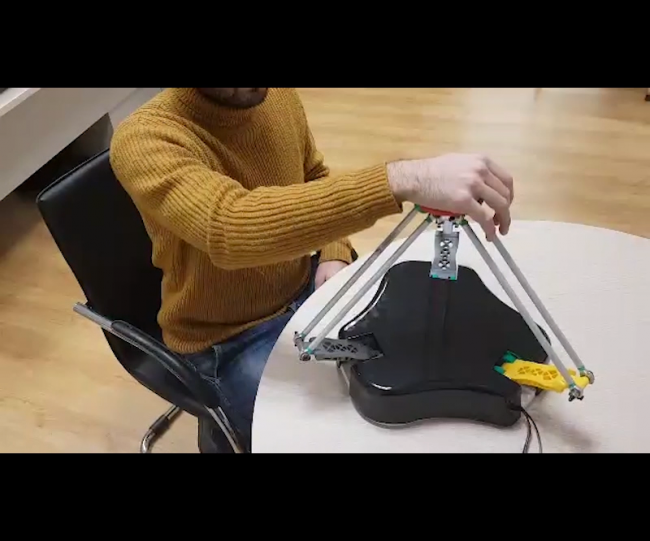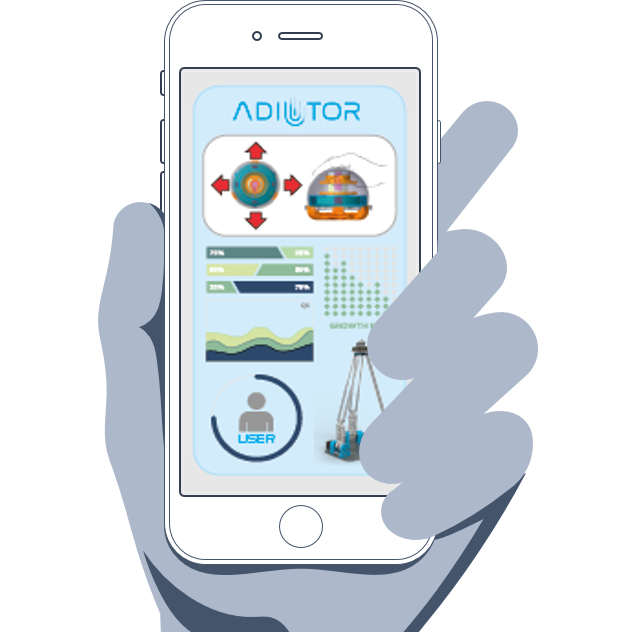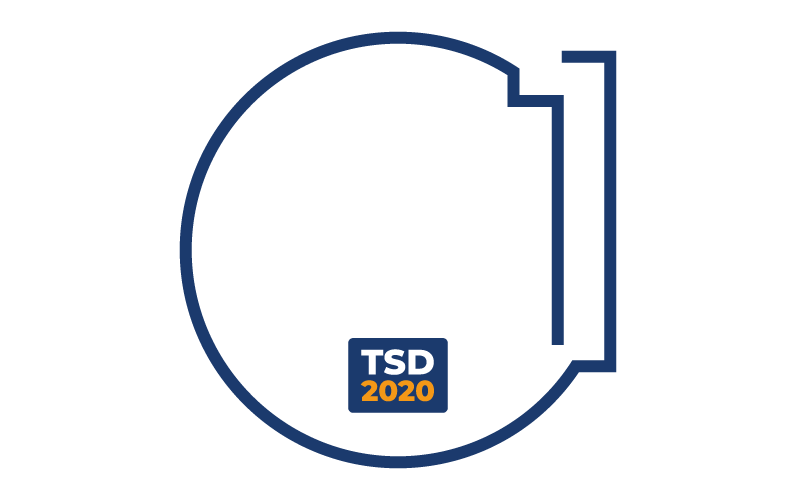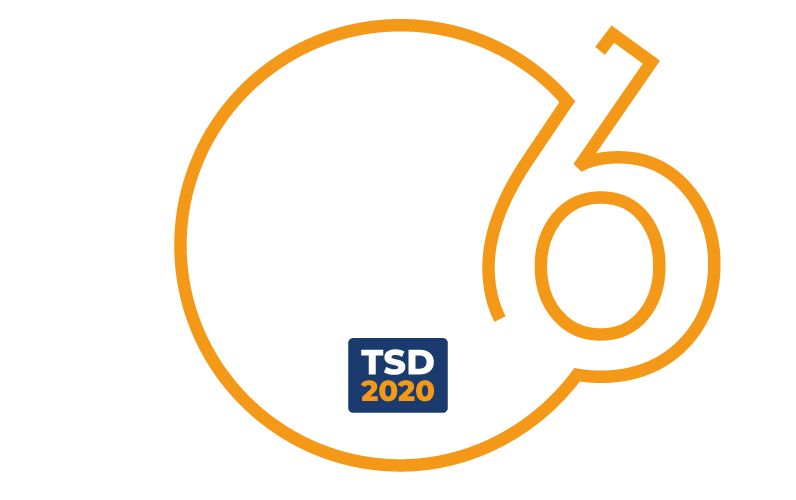The rehabilitation robotic field is rapidly evolving in developing novel solutions for assisted therapy, especially of the elderly and the chronically ill. There are numerous exoskeletal systems designed by mechanical engineers for the rehabilitation of the upper limbs, already available on the market and used by the rehabilitation centers / specialists. However, these systems have a number of drawbacks that prevent an active, continuous, prolonged, interactive and effective rehabilitation path. It is also worth considering that for patients with poor motor mobility reaching the clinic to carry out rehabilitation sessions may be uncomfortable and expensive, requiring often the help of a family member. It is therefore necessary to implement an home care system that help simplifying both the patient and the therapist and optimizing the rehabilitation period, especially for severely ill patients such as post-stroke patients. Finding a solution to this problem is urgent, given a number of factors such as the aging of the population, the incidence of chronic diseases and, last but not least, the COVID emergency.






